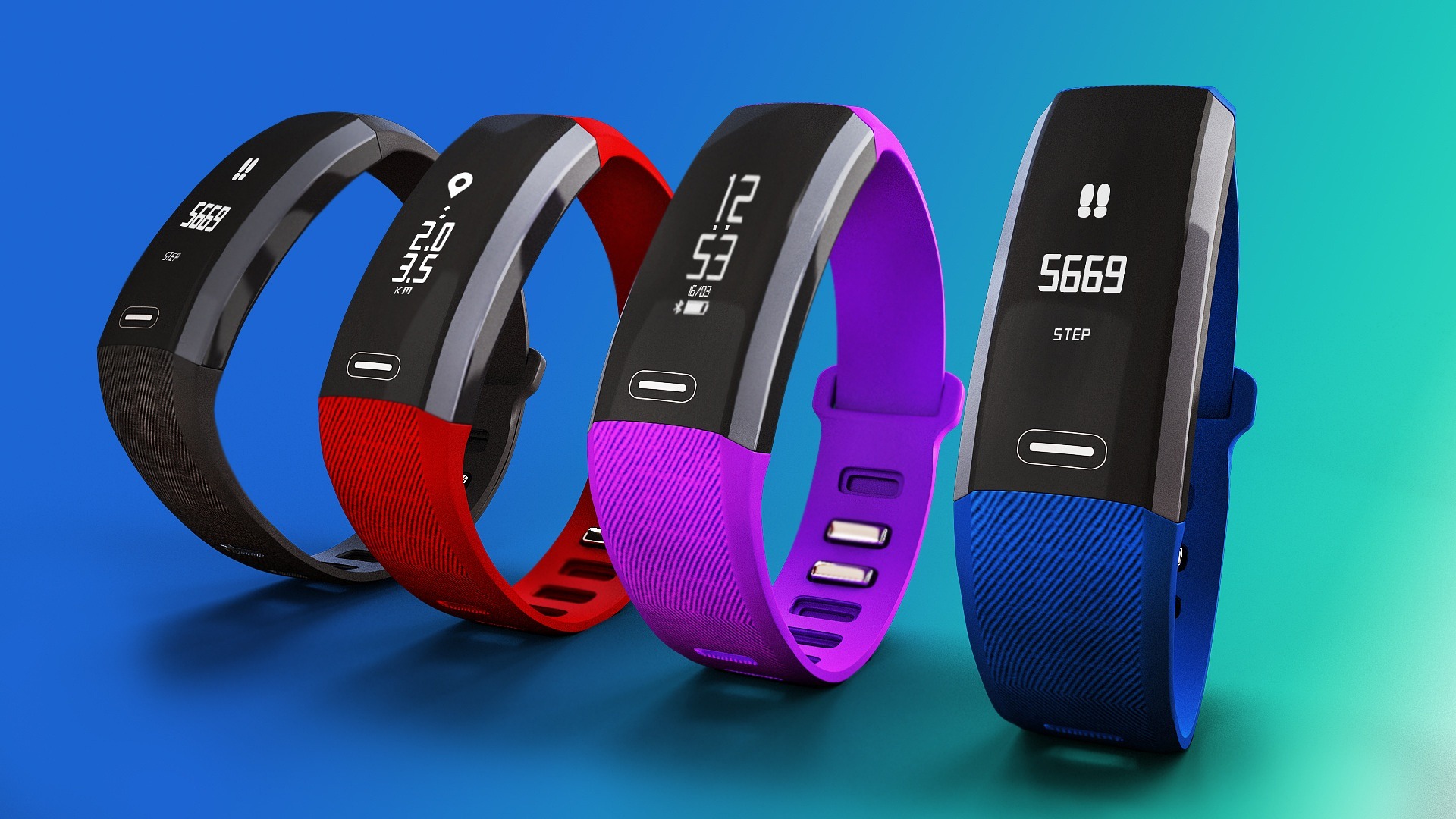"Wireless Charging: Reshaping the Future of Device Powering"
In the realm of electronics, wireless charging has been quietly revolutionizing the way we power our devices. This technology, a blend of convenience and innovation, is reshaping the landscape of device powering and promises to drive us into a cable-free future. This article explores the evolution of wireless charging, its current state, and how it's poised to transform the tech world.

A brief history of wireless charging
Wireless charging is not a new concept; it has been a topic of research and development since the time of Nikola Tesla. In the late 19th and early 20th century, Tesla conducted experiments with electromagnetic fields, aiming to create a global wireless transmission system for electricity. However, his ambitious project was not fully realized during his lifetime.
In the 1960s, the principle of inductive charging was introduced. This technique uses an electromagnetic field to transfer energy between two objects, a charging station (also known as a pad) and a device. The first commercial application of inductive charging was in the electric toothbrush industry.
Fast forward to the early 2000s, when wireless charging began to gain momentum with the advent of Qi (pronounced ‘chee’), a standard developed by the Wireless Power Consortium. Qi quickly became the global standard for wireless charging, adopted by several tech giants for their smartphones, wearables, and other devices.
The present state: Wireless charging in today’s tech world
Today, wireless charging is becoming increasingly prevalent. The technology is no longer limited to smartphones; it’s being incorporated into laptops, wearables, earbuds, and even electric cars.
Apple’s MagSafe, introduced with the iPhone 12 series, is a notable example of the evolution of wireless charging. It uses a magnet array for precise alignment between the charger and the device, ensuring efficient power transfer.
Samsung’s Wireless PowerShare feature, introduced with the Galaxy S10 series, allows the device to double as a charging pad for other Qi-compatible devices. This feature highlights the potential of devices not just to receive power wirelessly, but also to share it.
Beyond smartphones: The future of wireless charging
The future of wireless charging extends beyond smartphones. One of the most promising areas of development is in electric vehicles (EVs). Major car manufacturers, like BMW and Tesla, are investing heavily in wireless charging solutions for their EVs.
Estimations suggest that the wireless EV charging market could reach $1.4 billion by 2027. This technology could simplify the charging process for EV owners, eliminating the need for cables and potentially increasing the adoption of electric cars.
Another innovative application of wireless charging is in the field of medical devices. Implantable medical devices, like pacemakers and insulin pumps, could benefit greatly from wireless charging, reducing the need for surgical battery replacements and improving patient quality of life.
The impact of wireless charging: A world without cables?
While the estimated price range for wireless charging technology varies depending on the device and its use, the overall market is expected to reach $71.21 billion by 2025. This growth is indicative of the significant impact wireless charging could have on various sectors, from consumer electronics to automotive and healthcare.
However, despite its potential, wireless charging still faces challenges. These include efficiency concerns, as wireless charging is generally slower and less efficient than wired charging. There are also compatibility issues, as not all devices are Qi-compatible, and those that are may not all work with the same charging pads.
Despite these hurdles, the future of wireless charging looks bright, promising a world where cables become obsolete, and devices are powered seamlessly and conveniently. As the technology continues to advance, it’s clear that wireless charging is not just a trend, but a key player in the future of electronics.




